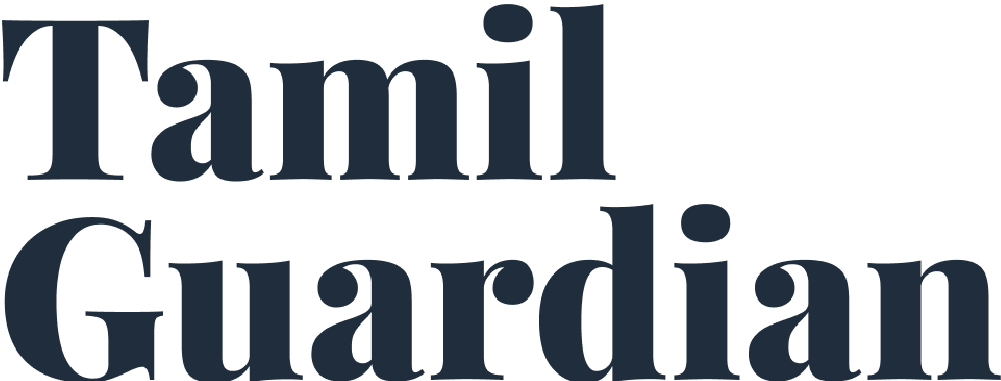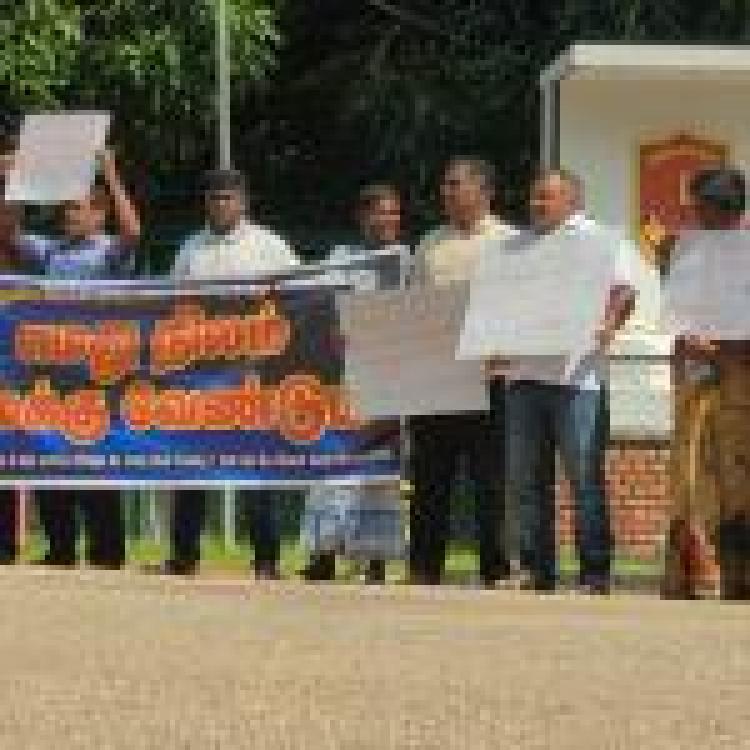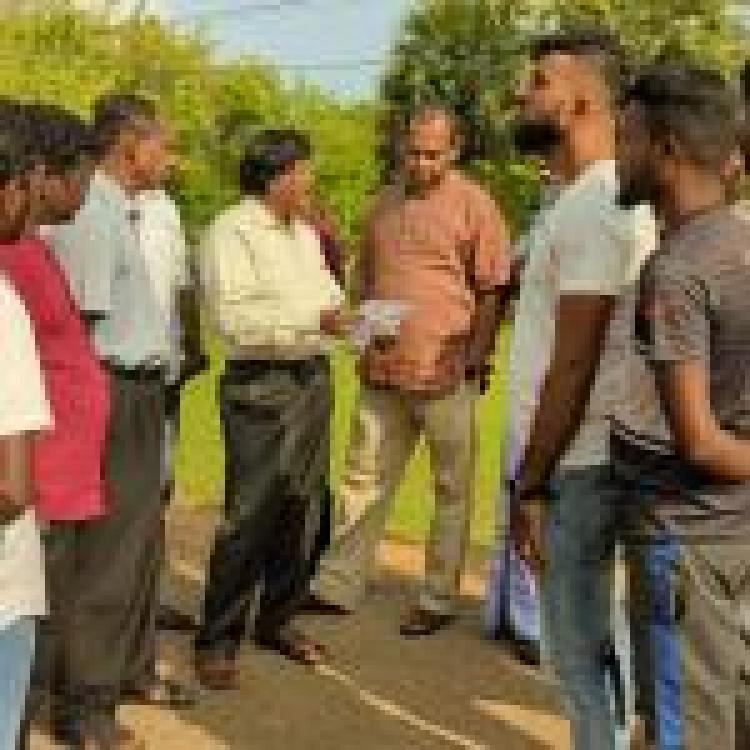Photo: A Mullaitivu native with his family's well, constructed in the 1960s
Many villages in Mullaitivu are being targeted for ongoing Sinhala-Buddhist colonisation by the Sri Lankan state. In the 80s, villages such as Manalaru, Othiyamalai, Amaravayal, Thennamarawadi and Kokkilai were violently, not only with Sinhala names, but also with Sinhala settlements populating the village following the massacre of hundreds of Tamils from each village by the Sri Lankan army.
Before the massacre in 1984, over 367 families lived in these areas, with over 200 families cultivating paddy as their main livelihood while others grew livestock. These farmers were also unionised into diverse cooperatives to protect their livelihoods, which allowed them to accumulate a significant amount of wealth, according to locals.
Following the massacre, survivors from Kokkilai, Kokku Thoduvaai, and Karunaattukkerni that were resettled in Kottaikkerni, Sivanthamurippu, Koomadukandal, Erinjakaadu, Irampaiveli, Aathimottaiveli, Kaayaamottaiveli, Kannaatti, Kurinjaadi, Periyaveli, Panikkavayal, Akkaraveli, Maariyaamunai are forced to take part in rain fed paddy cultivation and Sinhala farmers were settled in the original villages. Resources that the farmers used in Kokkilai, Kokku Thoduvai, and Karnaattukerni, tanks such as Aamayankulam, Marichchukkattikkulam, Munthirigaikkulam were also colonised and irrigation redirected for the use of the Sinhala settlers.
Even when the Tamil farmers that were resettled began cultivating rain fed paddy in villages such as Nannaamadu, Manarkerni, Sambaankulam, Naayadichchamurippu due to the lack of resources, they face many pressures especially from the Wildlife Department, the Forest Department and the Mahaweli Development Authority.
Families that were not resettled were displaced within the island, particularly to Jaffna; none of these families have been resettled into their lands. At the end of the war, people originally from Manarkerni sought the permission of the respective government authorities to resettle in their lands, but this resettlement was never implemented.
With the resurfacing of this history along with reports of continued ongoing Sinhalisation of villages in Mullaitivu, a few activists and journalists along with former Northern Provincial Council member Thurairasa Ravikaran conducted a fact finding visit to Kokku Thoduvai, Vannamadu, Akkaraveli, and Karthoon. These villages in which Sinhala farmers were settled were rich in historical markers such as Hindu statues, stone inscriptions and wells that marked the presence of Tamil people before the massacre. These artefacts were not only being actively destroyed and vandalised, the lands these are on have been grabbed by Buddhist monks, who then have constructed Buddhist temples in them.
There is also evidence of treasure hunters looting some of these historical markers. Additionally these areas have since been renamed as Sinhala villages on Google maps.
These systemic forms of colonisation not only put the lives of people in danger but also threatens livelihoods, access to resources, and also changes the electoral demographics of the Tamil homeland. The remaining villagers have asked those who were displaced to Jaffna and the diaspora to raise their voices in solidarity and politicians to raise awareness about the ongoing colonisation.


